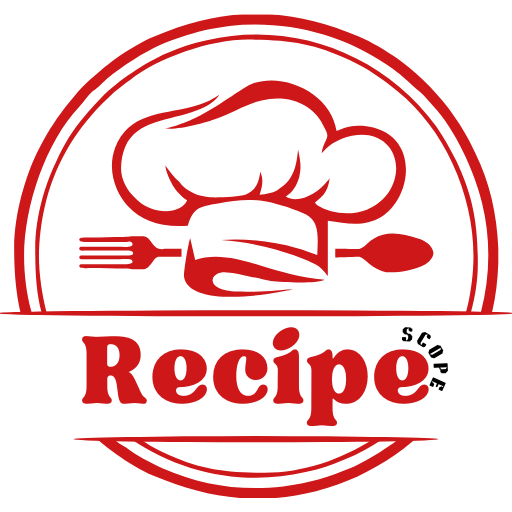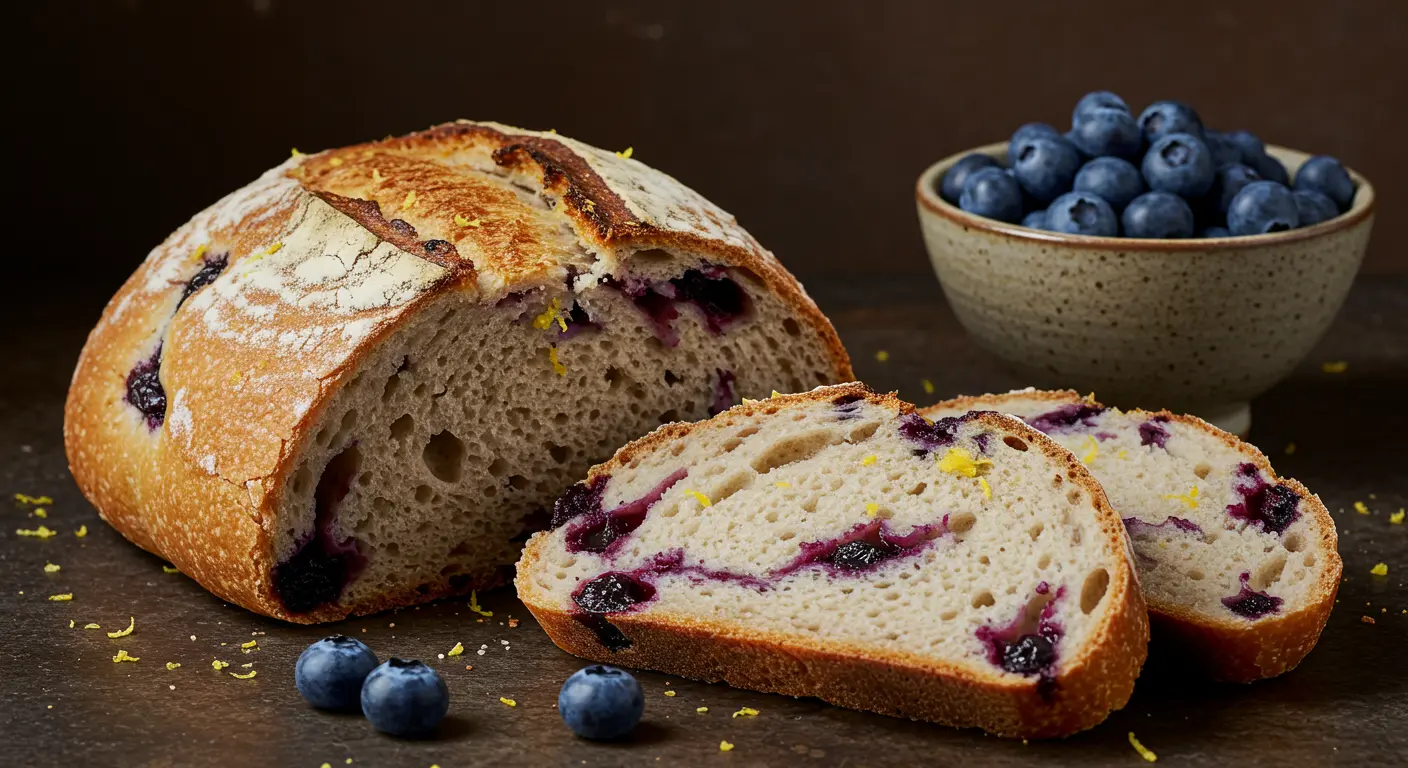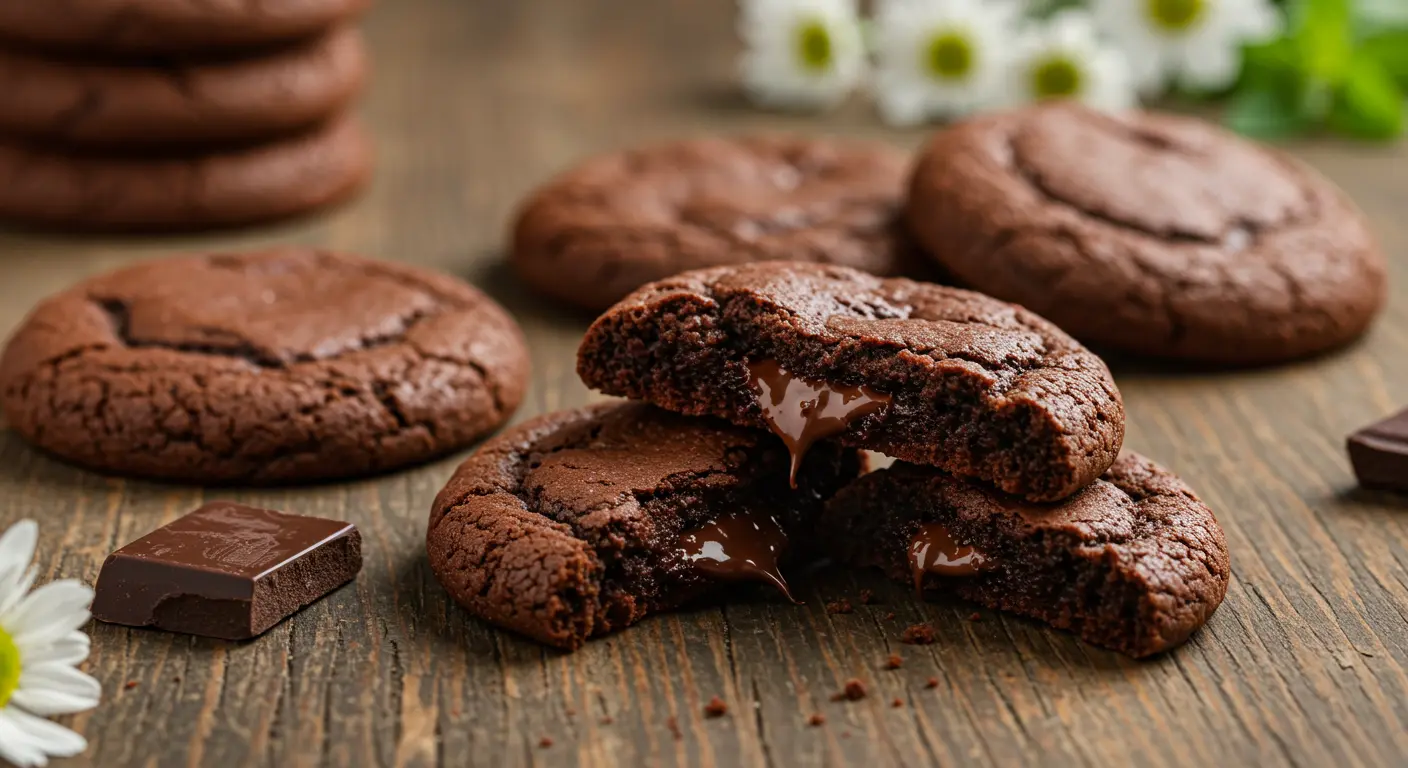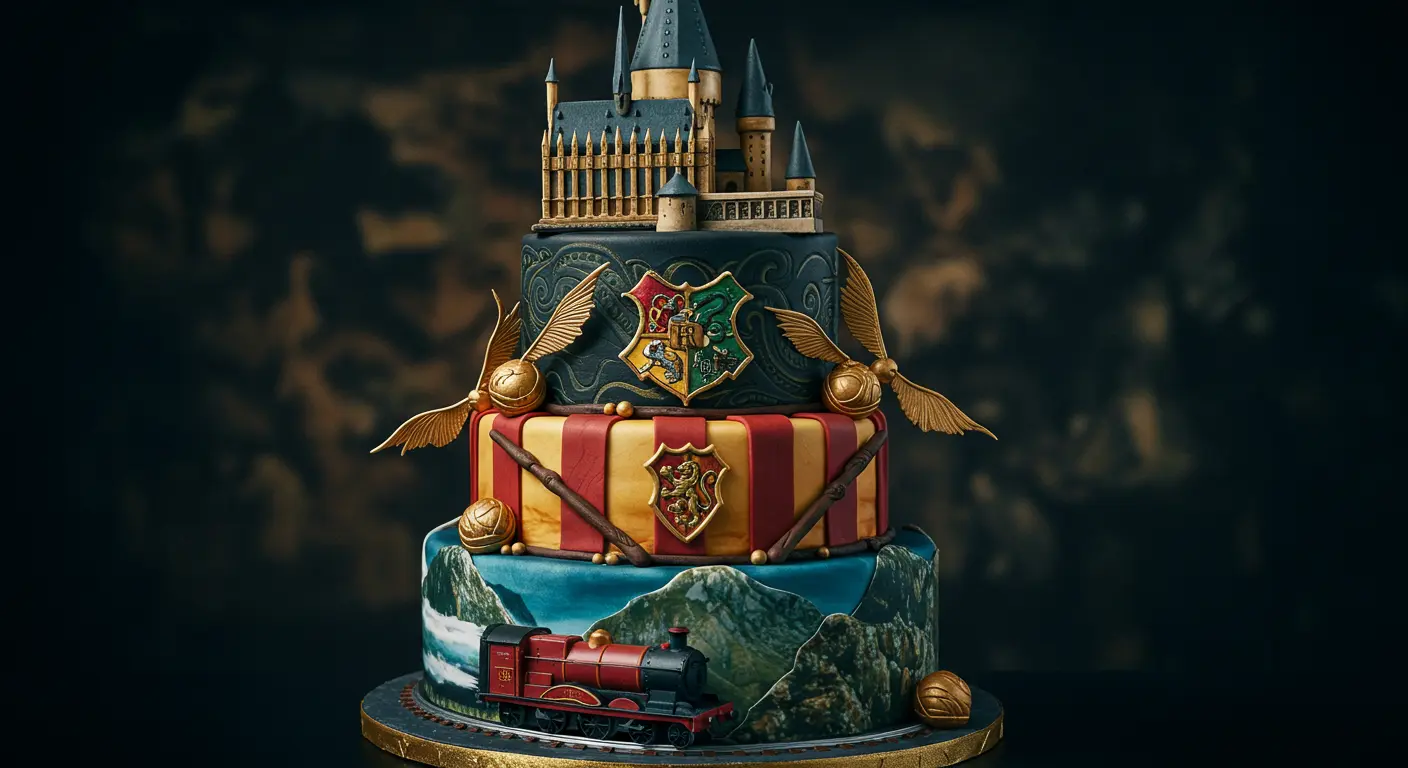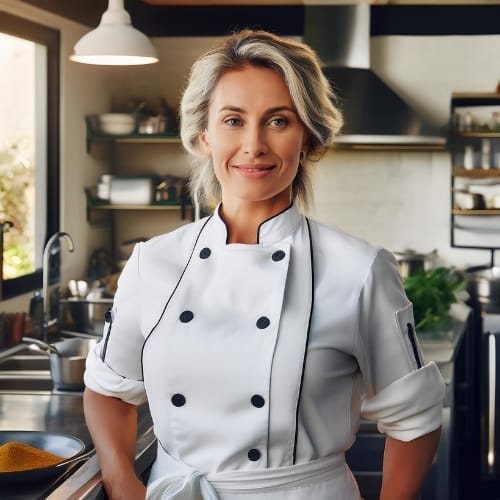The heavenly aroma of toasted coconut wafting through your kitchen, mingled with the rich scent of vanilla-infused custard, signals the magic happening in your oven as you bake this classic coconut custard pie recipe. Growing up in Florida, my grandmother’s coconut custard pie recipe was legendary at every family gathering, its silky-smooth texture and perfect balance of sweetness making it the first dessert to disappear from the table.
This treasured coconut custard pie recipe has been perfected over generations, combining the tropical allure of fresh coconut with a luxuriously creamy custard base. What makes this version special is its foolproof technique that ensures a perfectly set custard every time, while maintaining that delicate wobble that marks an expertly crafted pie. The magic lies in the careful temperature control and the right ratio of eggs to coconut milk, creating a dessert that’s both indulgent and remarkably easy to master.
Whether you’re an experienced baker or trying your hand at custard pies for the first time, this coconut custard pie recipe will guide you through each step with precision and care. The result is a show-stopping dessert that marries old-world charm with tropical sophistication.
History and Cultural Significance
The coconut custard pie recipe holds a special place in American culinary history, particularly in the coastal South. During the 18th and 19th centuries, port cities like Charleston and Savannah became hubs for coconut imports from the Caribbean, introducing this tropical ingredient to Southern kitchens. Creative home cooks combined European custard-making techniques with this exotic ingredient, birthing what would become a beloved Southern classic.
By the 1850s, coconut custard pie had become a status symbol at social gatherings, as coconuts were still relatively expensive and required considerable effort to prepare. Housewives would demonstrate their culinary prowess by hand-grating fresh coconuts, a time-consuming process that modern bakers can thankfully skip. The dessert gained wider popularity in the early 1900s when improved transportation and food preservation methods made coconuts more accessible across the country.
Today’s coconut custard pie recipe reflects both this rich history and modern innovations. While we now have convenient access to pre-shredded coconut and canned coconut milk, the fundamental techniques that make this pie special remain unchanged. The dish continues to evolve as contemporary bakers experiment with variations while respecting its traditional roots.
The Science Behind Perfect Custard
Understanding the chemistry behind your coconut custard pie recipe helps ensure consistent success. Every coconut custard pie recipe requires precise temperature control. The magic happens through a process called protein coagulation, where heat causes egg proteins to denature and create a matrix that traps liquid and provides structure.
Key Chemical Processes
- Protein Denaturation: Eggs proteins begin to coagulate at 160°F (71°C), creating the custard’s structure
- Starch Gelatinization: Cornstarch granules absorb liquid and swell at around 175°F (79°C)
- Maillard Reaction: Surface browning occurs when proteins and sugars react at high temperatures
Critical Temperature Points
- Below 160°F (71°C): Custard remains liquid
- 160-180°F (71-82°C): Ideal setting range
- Above 180°F (82°C): Proteins over-coagulate, causing curdling
Quick Recipe Card
This easy-to-follow coconut custard pie recipe makes 8-10 servings. Follow this coconut custard pie recipe’s measurements exactly for best results
Prep Time: 30 minutes
Cook Time: 45-50 minutes
Total Time: 1 hour 20 minutes (plus 4 hours cooling)
Difficulty Level: Intermediate
Servings: 8-10 slices
Nutritional Information (per slice)
- Calories: 325
- Fat: 21g
- Carbohydrates: 31g
- Protein: 6g
- Fiber: 2g
- Saturated Fat: 14g
- Cholesterol: 85mg
- Sodium: 180mg
- Sugar: 22g
- Calcium: 75mg
- Iron: 1mg
Equipment Needed
- 9-inch pie dish
- Stand mixer or hand mixer
- Fine-mesh strainer
- Instant-read thermometer
- Whisk
- Measuring cups and spoons
- Rubber spatula
- Mixing bowls (various sizes)
- Saucepan
- Baking sheet
- Wire cooling rack
- Aluminum foil
- Pie weights or dried beans
Ingredients

The success of your coconut custard pie recipe depends on quality ingredients.
- 1 unbaked 9-inch pie crust
- 2 cups whole milk (480ml)
- 1 cup coconut milk (240ml)
- 1 cup sweetened shredded coconut (85g)
- ½ cup unsweetened coconut flakes (40g)
- 4 large eggs
- ¾ cup granulated sugar (150g)
- ¼ cup cornstarch (30g)
- ¼ teaspoon salt
- 2 teaspoons vanilla extract
- 2 tablespoons unsalted butter, melted
- ¼ teaspoon coconut extract (optional)
- ⅛ teaspoon almond extract (optional)
Ingredient Deep Dive
The success of your coconut custard pie recipe hinges on selecting the right ingredients and understanding their roles. Let’s explore each component in detail:
Coconut Components
The dual combination of sweetened shredded coconut and unsweetened flakes creates perfect texture and balanced sweetness. Choose fresh, moist shredded coconut rather than dried varieties. For coconut milk, opt for full-fat canned versions – Thai brands like Chaokoh or Aroy-D deliver consistent results. Light coconut milk won’t provide the same richness essential for this coconut custard pie.
When selecting coconut products, look for:
- Freshly packed shredded coconut with no signs of browning
- Canned coconut milk with minimal additives
- Coconut cream that’s thick and smooth, not grainy
- Unsweetened coconut flakes that are crisp and white
Dairy and Eggs
Use fresh, large eggs at room temperature for the smoothest custard. The combination of whole milk and coconut milk creates the perfect richness without becoming heavy. While you can substitute half-and-half for whole milk, avoid skim milk as it will produce a thinner custard.
Temperature considerations:
- Eggs should sit out for 30-60 minutes before use
- Milk should be room temperature to prevent curdling
- Butter should be melted but not hot
- Coconut milk should be well-shaken and at room temperature
Stabilizers and Flavoring
Cornstarch acts as the primary thickener, ensuring your coconut egg custard sets properly. Store cornstarch in a cool, dry place to maintain its thickening power. Pure vanilla extract enhances the coconut flavor – avoid artificial alternatives. The optional coconut and almond extracts can intensify the tropical flavor profile.
Storage Tips
- Store eggs at room temperature for 30 minutes before use
- Keep coconut milk refrigerated after opening (use within 5 days)
- Check shredded coconut for freshness before using
- Maintain cornstarch in an airtight container
- Store extracts away from direct sunlight
- Keep butter refrigerated until ready to melt
Temperature Requirements
- Room temperature ingredients: 68-72°F (20-22°C)
- Custard cooking temperature: 180°F (82°C)
- Optimal refrigeration temperature: 38°F (3°C)
- Freezer storage temperature: 0°F (-18°C)
Equipment Needed
Creating the perfect coconut custard pie recipe requires some essential equipment to ensure success. Let’s explore each tool and its alternatives:
Must-Have Items
- Pie Dish: A 9-inch glass or ceramic pie dish provides even heating and allows you to monitor the crust’s browning. Key features to look for:
- Clear glass or light-colored ceramic
- Fluted edges for decorative crimping
- Even thickness throughout
- Microwave and freezer safe
- Fine-Mesh Strainer: Essential for achieving silky-smooth custard by removing any potential egg bits or lumps. Consider:
- Stainless steel construction
- Fine mesh size (smaller holes)
- Comfortable handle grip
- At least 6-inch diameter
- Instant-Read Thermometer: The secret weapon for perfect custard consistency, ensuring you reach but don’t exceed the critical setting temperature. Features to consider:
- Digital display
- Quick reading capability
- Water-resistant design
- Easy calibration
- Stand Mixer or Hand Mixer: While you can whisk by hand, a mixer ensures proper aeration and smooth incorporation of ingredients. Look for:
- Multiple speed settings
- Whisk attachment
- Bowl scraper feature
- Powerful motor
Maintenance and Care
- Clean equipment immediately after use
- Hand wash delicate items like thermometers
- Store in dry conditions to prevent rust
- Calibrate thermometers monthly
- Check mixer attachments for wear
Budget vs. Premium Options
- Entry-level glass pie dishes work perfectly well, though consider investing in a high-quality ceramic dish for better heat distribution
- Basic instant-read thermometers are adequate, but digital versions offer more precise readings
- Hand mixers are sufficient for this coconut custard pie recipe, making a stand mixer a luxury rather than necessity
Step-by-Step Instructions
Follow these steps for our signature coconut custard pie recipe:
1. Prepare the Crust (15 minutes)
- Preheat oven to 375°F (190°C)
- Roll out pie crust and fit into 9-inch pie dish
- Crimp edges decoratively
- Chill for 15 minutes
2. Toast the Coconut (5-7 minutes)
- Toast unsweetened coconut flakes on a baking sheet.
- Toast at 350°F (175°C) until golden brown, stirring every 2 minutes
- Watch carefully to prevent burning
- Cool completely
3. Create the Custard Base (15-20 minutes)
- In a large bowl, whisk together eggs, sugar, and cornstarch until smooth
- Heat milk and coconut milk in a saucepan until steaming
- Slowly temper the hot milk mixture into egg mixture, whisking constantly
- Return the mixture to the saucepan and cook over medium heat, stirring steadily.
- Cook until custard reaches 180°F (82°C) and thickens
4. Complete the Filling (10 minutes)
- Strain custard through fine-mesh strainer
- Stir in vanilla extract and melted butter
- Fold in sweetened shredded coconut
- Pour into prepared crust
5. Bake and Cool (45-50 minutes + 4 hours)
- Bake at 375°F (190°C) for 45-50 minutes until edges are set but center slightly wobbles
- Let the pie cool fully on a wire rack, which should take about 4 hours.
- Refrigerate if not serving immediately
Visual Indicators of Success
- Custard should be pale yellow
- Surface should be lightly golden
- Edges should be slightly puffed
- Center should have minimal browning
Timing Guidelines
- Don’t rush the mixing process
- Allow proper preheating time
- Watch closely during final baking
- Cool for at least 2 hours
Seasonal Adaptations

Adapt your coconut custard pie recipe throughout the year:
Spring
- Add fresh strawberry compote topping
- Incorporate lavender essence
- Decorate with edible flowers
Summer
- Serve with grilled pineapple
- Add passion fruit curd layer
- Freeze for a chilled dessert
Fall
- Include warm spices like cardamom
- Top with toasted pecans
- Serve with spiced apple compote
Winter
- Add dark chocolate shavings
- Incorporate rum or bourbon
- Serve with cranberry sauce
Troubleshooting Guide
When making this coconut pie recipe, you might encounter some common issues. Here’s how to solve typical problems that can occur with any coconut pie recipe:
Common Issues and Solutions
Weeping Custard
- Cause: Overbaking or excessive heat
- Solution: Maintain steady temperature, avoid overcooking
Curdled Texture
- Cause: Eggs cooked too quickly
- Solution: Proper tempering technique, careful temperature control
Soggy Bottom
- Cause: Underbaked crust or too-wet filling
- Solution: Blind bake crust, ensure proper custard thickness
Cracked Surface
- Cause: Rapid temperature changes
- Solution: Cool gradually at room temperature
Health and Dietary Considerations
Nutritional Benefits
- Coconut provides healthy medium-chain triglycerides
- Eggs offer high-quality protein
- Calcium-rich from dairy ingredients
Dietary Modifications
- Diabetic-friendly: Reduce sugar, use monk fruit sweetener
- Gluten-free: Use alternative pie crust
- Dairy-free: Substitute with additional coconut milk
Portion Control
- Standard serving: 1/8 of pie
- Consider mini pies for portion control
- Freeze individual slices
Expert Tips and Tricks
Master your coconut custard pie recipe with these professional insights:
Temperature Control
- Before getting started, confirm that all ingredients are at room temperature.
- Monitor custard temperature carefully – too hot will scramble eggs
- Cool pie gradually to prevent condensation
Texture Perfection
- Strain custard twice for ultimate smoothness
- Tap filled pie dish gently to remove air bubbles
- Watch for visual cues: custard should wobble like gelatin when done
Make-Ahead Instructions
- Prepare custard up to 24 hours in advance
- Store baked pie refrigerated for up to 3 days
- Freeze for up to 1 month (though texture may change slightly)
Variations and Customizations
Our basic coconut custard pie recipe serves as a foundation for many creative variations. Adapt this coconut custard pie recipe to your preferences:
Dietary Modifications
- Gluten-Free: Use gluten-free pie crust
- Dairy-Free: Replace milk with additional coconut milk
- Lower Sugar: Reduce sugar to ½ cup and use unsweetened coconut
Flavor Variations
- Add 1 teaspoon rum extract for tropical flair
- Incorporate ¼ cup toasted macadamia nuts
- Swirl in dark chocolate for mocha coconut custard
- Add lime zest for a citrus twist
Serving and Presentation

Elevate your coconut custard pie presentation:
Plating Suggestions
- Dust with toasted coconut flakes
- Add fresh berries for color contrast
- Drizzle with warm caramel sauce
- Serve with whipped cream rosettes
Special Occasion Presentations
- Create coconut curl garnishes
- Add edible flowers for spring events
- Dress up with chocolate shavings
- Use gold leaf for ultimate luxury
Pairing Suggestions
Your coconut custard pie recipe deserves perfect accompaniments. Here are ideal pairings:
Beverages
- Dark roasted coffee
- Thai iced tea
- Aged rum
- Coconut water
- Champagne
Complementary Desserts
- Fresh tropical fruit
- Vanilla ice cream
- Dark chocolate truffles
- Caramel sauce
- Passion fruit sorbet
Conclusion
This coconut custard pie recipe represents the perfect blend of tropical indulgence and classic comfort. Whether you’re baking for a special occasion or simply craving a slice of paradise, this recipe delivers consistent, impressive results. Remember that practice makes perfect – don’t be discouraged if your first attempt isn’t picture-perfect.
We’d love to see your creations! Share your coconut custard pie photos with us. Join our baking community for more recipes, helpful tips, and inspiration!
Ready to start baking? Gather your ingredients, preheat that oven, and let’s create something amazing together. Don’t forget to bookmark this coconut custard pie recipe for future reference and sign up for our newsletter to receive more delicious recipes straight to your inbox.
FAQ Section
Q: Why did my coconut custard pie not set properly?
A: The most common reason is undercooking the custard. Ensure it reaches 180°F (82°C) and properly thickens before baking. Use an oven thermometer to verify your oven’s accuracy.
Q: Can I use frozen coconut?
A: Yes, but thaw and drain well before using. Fresh or packaged shredded coconut gives better results. If using frozen, reduce the liquid in the recipe by 2 tablespoons.
Q: How do I prevent my crust from getting soggy?
A: Blind bake the crust for 10 minutes before adding filling, and ensure custard is properly thickened. You can also brush the crust with egg white before filling.
Q: Can I make this coconut custard pie ahead of time?
A: Yes, it can be made up to 3 days ahead and stored in the refrigerator. Cover loosely with foil after completely cooling.
Q: Why did my custard curdle?
A: This typically happens when eggs are overcooked. Use a thermometer and temper eggs carefully. Never exceed 180°F (82°C) when cooking the custard.
Q: Can I use a store-bought crust?
A: Yes, while homemade is preferred, a high-quality store-bought crust works well. Choose all-butter crusts for best results.
Q: How can I tell when the pie is fully baked?
A: The edges should be firm, while the center should have a slight jiggle. Insert a knife 1 inch from the edge; if it comes out clean, the pie is done.
Remember to share your creation using #CoconutCustardPie and tag us in your beautiful pie photos! We’d love to see how your version of this beloved dessert turns out.
